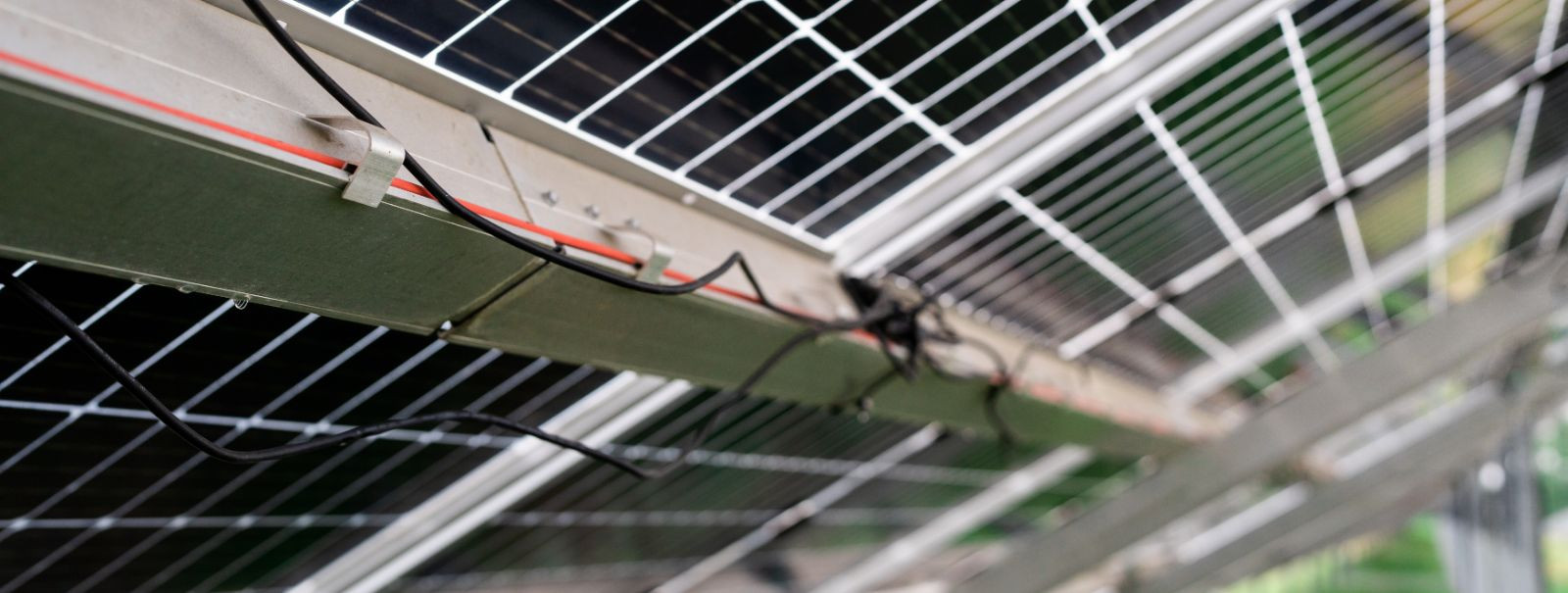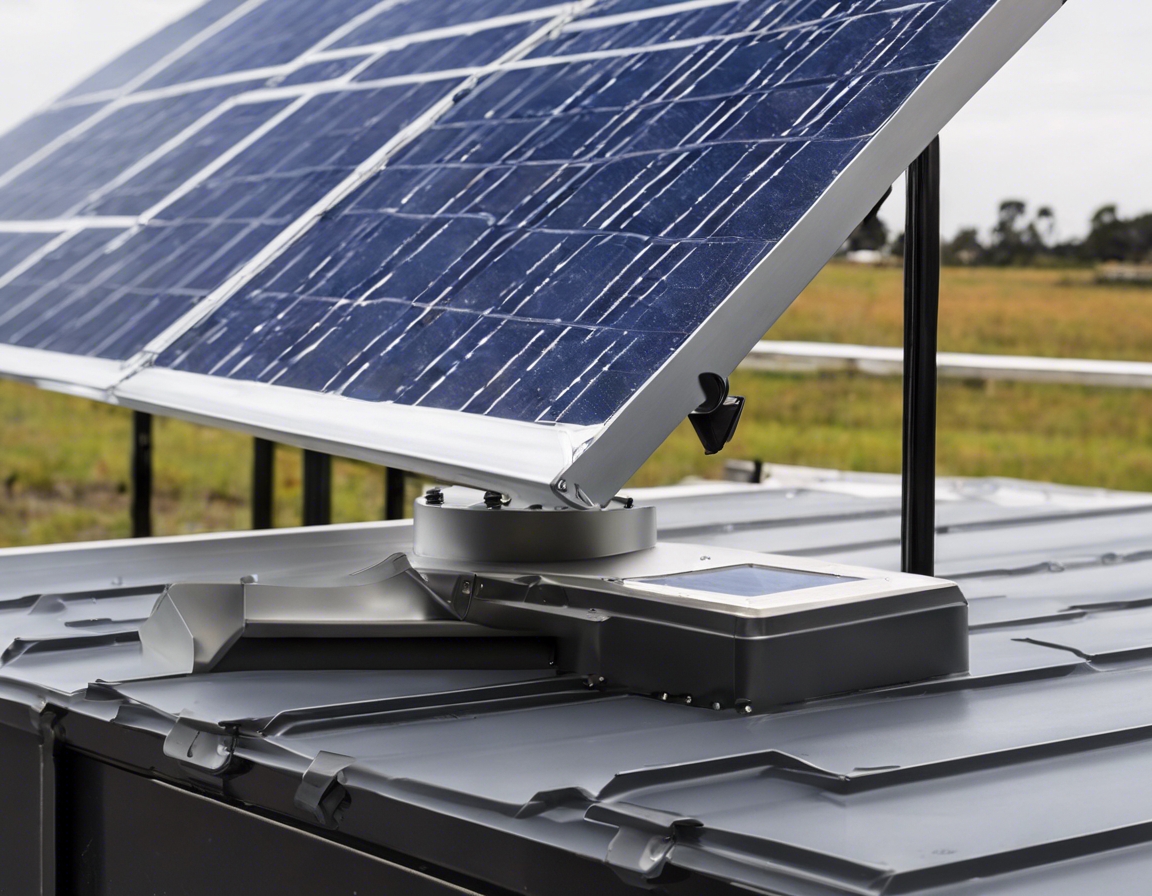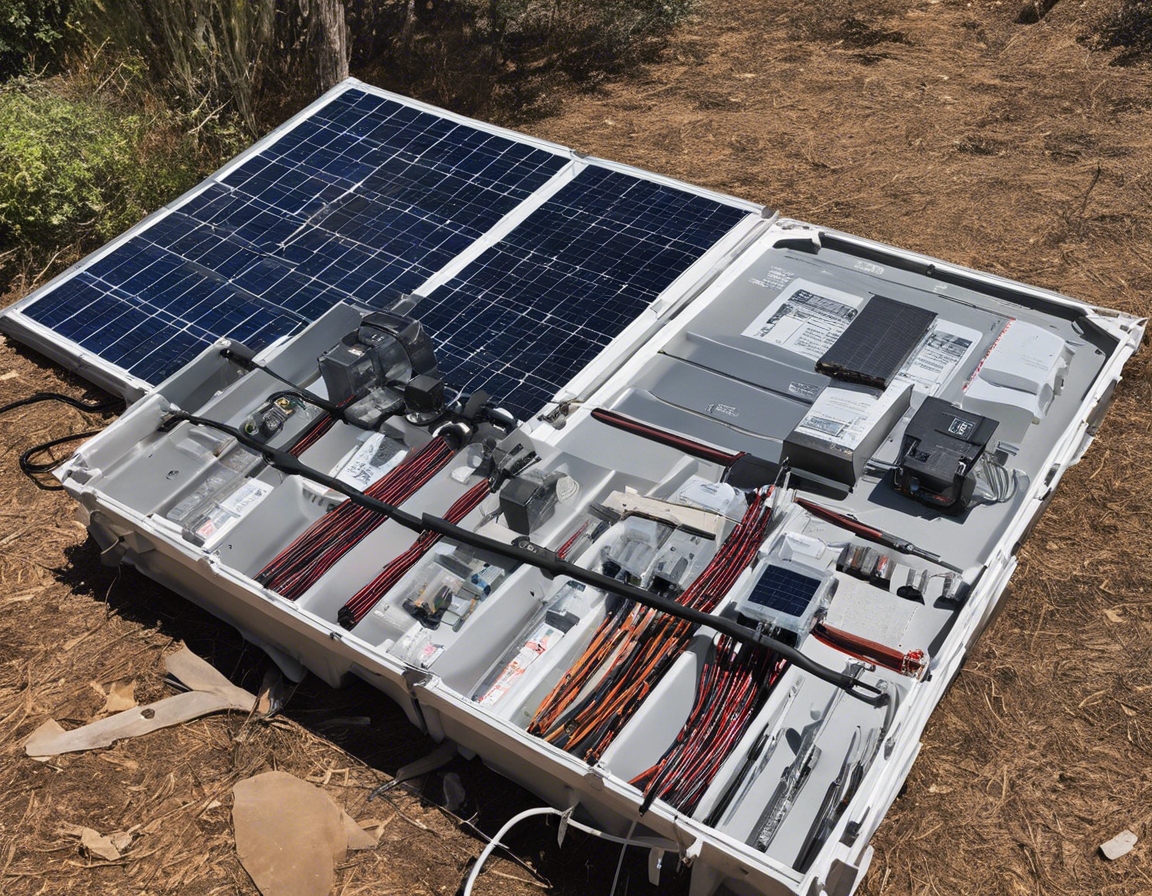The importance of lightning protection for solar panels
Solar panels have become a cornerstone of sustainable energy solutions, offering a clean and renewable source of power. However, as with any outdoor electrical installation, they are vulnerable to environmental hazards, particularly lightning strikes. Understanding the risks associated with lightning and the importance of protective measures is crucial for property owners, facility managers, and solar energy companies.
Understanding Lightning and Its Impact on Solar Panels
Lightning is a natural electrical discharge caused by imbalances between storm clouds and the ground, or within the clouds themselves. When these imbalances become too great, a lightning strike occurs, releasing a massive amount of energy in a fraction of a second. This energy can travel through the air and strike objects on the ground, including solar panels.
Solar panels are particularly susceptible to lightning strikes due to their elevated position and conductive materials. A direct strike can cause catastrophic damage, including shattered panels, melted wiring, and destroyed inverters. Even indirect strikes can induce voltage surges that damage sensitive electronic components, leading to costly repairs and downtime.
The Necessity of Lightning Protection Systems
A comprehensive lightning protection system typically includes air terminals (lightning rods), conductors, ground electrodes, and surge protection devices. These components work together to safely intercept, conduct, and dissipate the electrical energy from a lightning strike, minimizing the risk of damage to solar panels.
Lightning protection systems are designed to provide a low-resistance path for lightning currents to follow, directing them safely into the ground. Air terminals capture the lightning strike, conductors carry the current, and ground electrodes disperse it into the earth. Surge protection devices further protect electrical systems by limiting voltage spikes.
Benefits of Implementing Lightning Protection for Solar Panels
By installing a lightning protection system, property owners and facility managers can significantly reduce the risk of fire, electrical shock, and structural damage. This not only ensures the safety of occupants but also protects the integrity of the solar installation.
Lightning protection systems are a cost-effective investment that can save significant amounts of money in the long run. By preventing damage to solar panels and associated equipment, these systems help avoid expensive repairs and replacements, ensuring the longevity and efficiency of the solar installation.
Many regions have specific safety standards and regulations regarding lightning protection for solar installations. Implementing a compliant system not only protects the investment but also ensures adherence to legal requirements, avoiding potential fines and liabilities.
Choosing the Right Lightning Protection System
When selecting a lightning protection system, consider factors such as the size and layout of the solar installation, local weather patterns, and the specific needs of the property. Consulting with experts can help determine the most effective solution tailored to your circumstances.
Proper installation and regular maintenance of lightning protection systems are crucial for their effectiveness. Engaging professional services ensures that the system is correctly installed and maintained, providing peace of mind and optimal protection.






Comments (0)